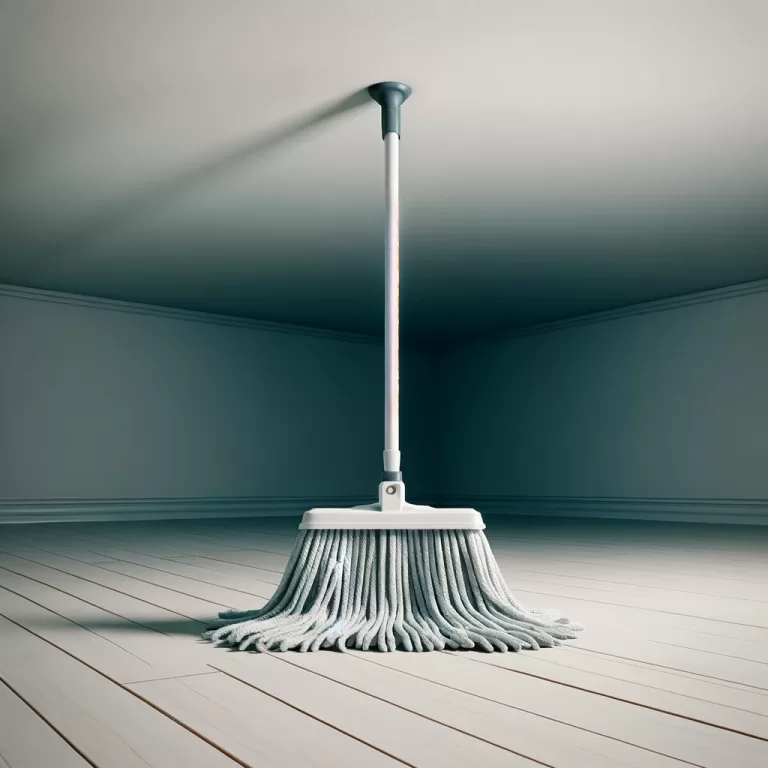How to Disinfect Nail Tools: Expert Methods, Best Practices, and Industry-Approved Guidelines for Safe and Hygienic Nail Care
Disinfecting nail tools is a critical practice, not only for maintaining hygiene but also for preventing the spread of infections like bacterial and fungal diseases. Whether you’re a professional nail technician or someone who enjoys at-home manicures and pedicures, understanding how to properly disinfect nail tools ensures the safety of both the user and client. Failing to disinfect properly can result in serious health consequences, including the spread of viruses, fungus, and bacteria. This comprehensive guide will provide detailed, expert advice on how to disinfect nail tools using different methods, professional tips, and long-term care solutions to ensure nail care remains safe, hygienic, and efficient.

Why Disinfecting Nail Tools is Essential
Maintaining proper hygiene when handling nail tools is vital because the skin and nails are entry points for harmful microorganisms. The most common threats include fungi, bacteria, and viruses, which can cause infections like onychomycosis (nail fungus), paronychia (skin infection around the nail), and even blood-borne diseases like hepatitis B and C if proper disinfection practices aren’t followed. According to the Centers for Disease Control and Prevention (CDC), using unsterilized or improperly cleaned tools can increase the risk of infections, especially in a professional salon environment where tools are used repeatedly on different clients.
Types of Nail Tools and Why They Need Cleaning
Various types of nail tools require regular cleaning and disinfection, including:
- Nail clippers
- Cuticle pushers
- Nail files (especially reusable ones)
- Buffers
- Nail scissors
- Tweezers
- Electric nail drill bits
Each of these tools comes in direct contact with skin, nails, and sometimes even blood, making disinfection essential after each use. Both metal tools and porous items (such as files and buffers) require specific methods to ensure they’re effectively cleaned and disinfected.

Step-by-Step Guide to Disinfecting Nail Tools
1. Basic Cleaning: The First Step
Before disinfecting, the tools must be thoroughly cleaned. This step removes any visible dirt, debris, and biological matter that may interfere with the disinfection process. Use the following steps to clean your tools:
- Wash with warm water and soap: Submerge the tools in warm soapy water and use a brush to scrub away any dirt or nail remnants.
- Rinse thoroughly: Ensure all soap is washed off the tools as soap residue can interfere with disinfectant solutions.
- Dry tools: Pat the tools dry using a clean towel or allow them to air dry on a clean surface.
This step is non-negotiable as organic matter like skin cells and nail dust can hinder the disinfectant’s ability to work effectively.
2. Disinfection Methods
Once the tools are cleaned, they need to be disinfected properly. Depending on the type of tools and available resources, different disinfection methods can be used.
a. Chemical Disinfection
Chemical disinfectants are one of the most common methods used to disinfect nail tools, especially in professional salons. These include:
- Isopropyl alcohol (70%-90%): Alcohol is an effective disinfectant for killing bacteria and fungi. However, alcohol can evaporate quickly, so it’s best used by soaking tools in it for a minimum of 10 minutes.
- EPA-registered disinfectants: In a professional setting, it’s essential to use disinfectants that are registered with the Environmental Protection Agency (EPA). These disinfectants are specifically tested for effectiveness against pathogens like bacteria, viruses, and fungi.
- Barbicide® or similar solutions: Barbicide is one of the most widely used disinfectants in the beauty industry. It’s effective in killing a broad spectrum of bacteria, viruses, and fungi, and is often used in nail salons to soak tools between clients. For proper disinfection:
- Soak tools for at least 10 minutes in the solution, ensuring the entire tool is submerged.
- After soaking, rinse the tools with water to remove any residual disinfectant and dry them thoroughly.
b. UV Sterilization
UV light sterilizers are increasingly popular in salons and at-home setups. These sterilizers use ultraviolet light to kill bacteria and viruses, including those resistant to chemical disinfectants. The UV light must penetrate all areas of the tool, so placing the tools in the sterilizer correctly is crucial. Keep in mind:
- UV light sterilizers do not remove physical debris, so tools must be cleaned before sterilization.
- Sterilization time can vary, but typically 10-15 minutes is effective.
c. Autoclaving
Autoclaves are machines that use steam and high pressure to sterilize tools. They are considered the gold standard in many medical and beauty environments because they are highly effective at killing all forms of microbial life, including resistant bacterial spores. Nail salons that use metal tools like clippers, scissors, and cuticle pushers often prefer autoclaving because:
- It provides the highest level of sterilization.
- The process typically takes 15-20 minutes at 121°C (250°F), ensuring that all germs are killed.
Autoclaves are typically used in professional settings due to their cost and maintenance requirements but can also be a worthwhile investment for serious at-home nail care enthusiasts.

Handling Porous Tools
Porous tools like nail files and buffers pose a unique challenge because they cannot be disinfected effectively due to their material structure. These tools should be considered single-use and disposed of after each use or after being used on different clients. Some salons may use disinfectant sprays on these items, but it’s essential to understand that this does not guarantee sterilization.
Proper Storage of Disinfected Nail Tools
After disinfecting, nail tools need to be stored correctly to avoid recontamination. Here’s how to store your tools:
- Use a clean, sealed container: Store tools in a clean, dry, and closed container. Sterilized pouches or cases designed for sanitized tools are ideal.
- Avoid moisture exposure: Moisture promotes bacterial growth, so keep tools in a dry environment.
- Label containers: For professional settings, it’s essential to label containers for “disinfected” and “to-be-disinfected” tools to ensure no mix-up.
Common Mistakes to Avoid
- Skipping the cleaning step: Disinfectants cannot work effectively if tools are dirty or covered with biological material.
- Inadequate soaking time: Make sure tools are soaked in disinfectant for the required time. Rushing the process will lead to incomplete disinfection.
- Reusing disposable tools: Single-use items, such as wooden cuticle sticks or emery boards, should never be reused or even cleaned. Always dispose of them after each client or use.
Tips for Professional Nail Technicians
For those in the beauty industry, maintaining client trust through sanitation is paramount. Here are some professional tips:
- Client Awareness: Always disinfect tools in the presence of the client. This not only ensures transparency but also reassures clients that proper hygiene is being followed.
- Document Disinfection Protocols: Many states require salons to maintain records of disinfection processes for inspection purposes. Documenting your disinfection protocol and schedule can protect your business from legal issues.
- Disinfect Between Every Client: No matter how busy your salon is, disinfect all tools between clients. Cutting corners can lead to infections, unhappy clients, and potential legal action.
Case Studies and Professional Insights
A study by the American Journal of Infection Control found that up to 5% of clients visiting nail salons in the U.S. reported developing infections following treatments. This statistic underlines the importance of proper sanitation protocols, especially in busy salons. In another case, a salon in California faced severe legal consequences after several clients contracted skin infections traced back to inadequately sterilized tools.
Personal experience as a nail technician has shown that clients appreciate visible disinfection processes. By explaining the steps and showing clients clean, disinfected tools, technicians can build trust and loyalty, which in turn leads to repeat business.
Conclusion
Disinfecting nail tools is non-negotiable for anyone practicing nail care, whether at home or in a professional setting. By following the proper steps for cleaning and disinfection, using appropriate chemical or physical sterilization methods, and ensuring proper storage, you can effectively reduce the risk of infections and maintain a safe environment for yourself and others. Regularly updating your knowledge on disinfection techniques and using industry-approved methods ensures that your nail care routine or salon service remains top-notch and hygienic.





